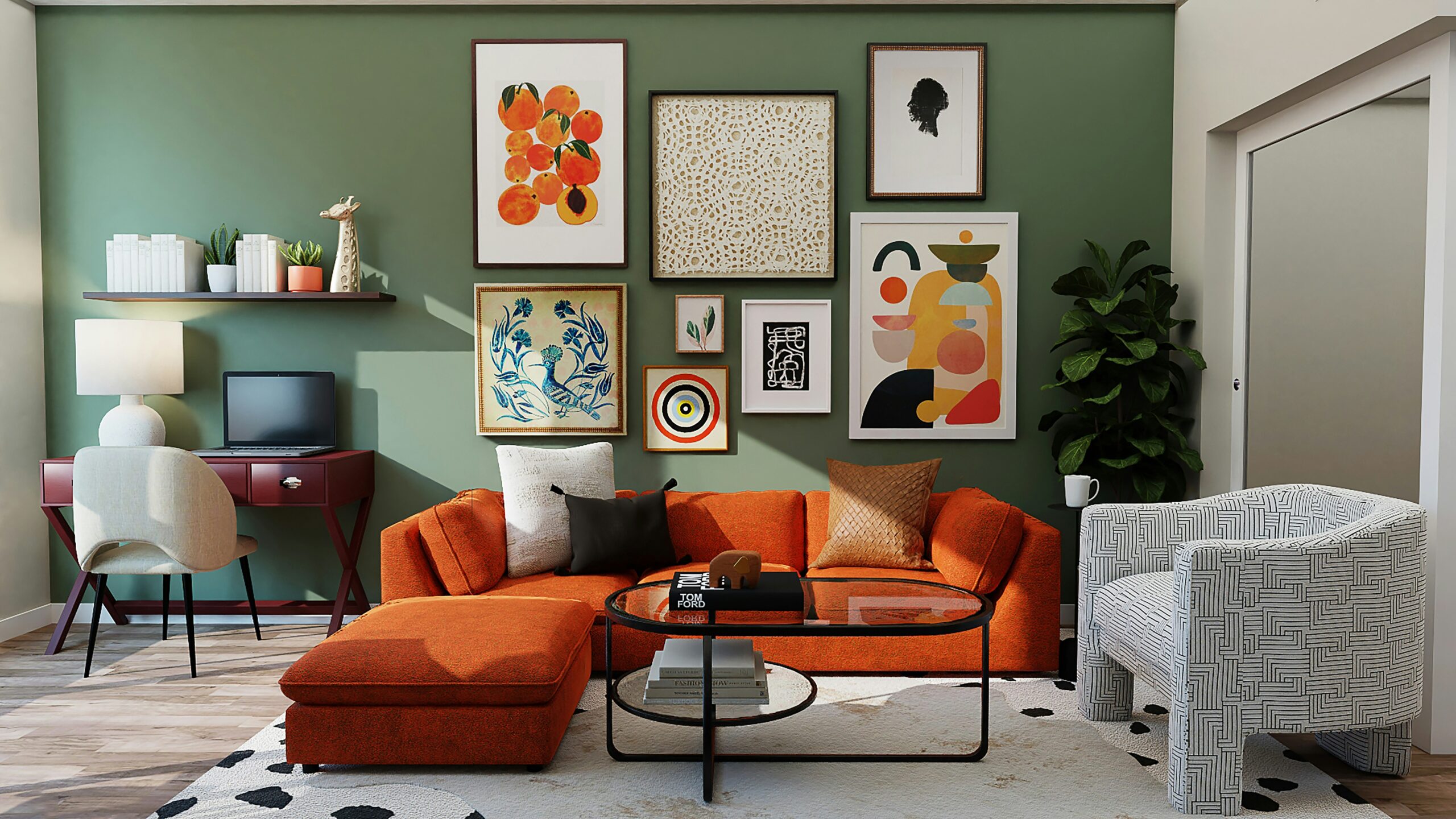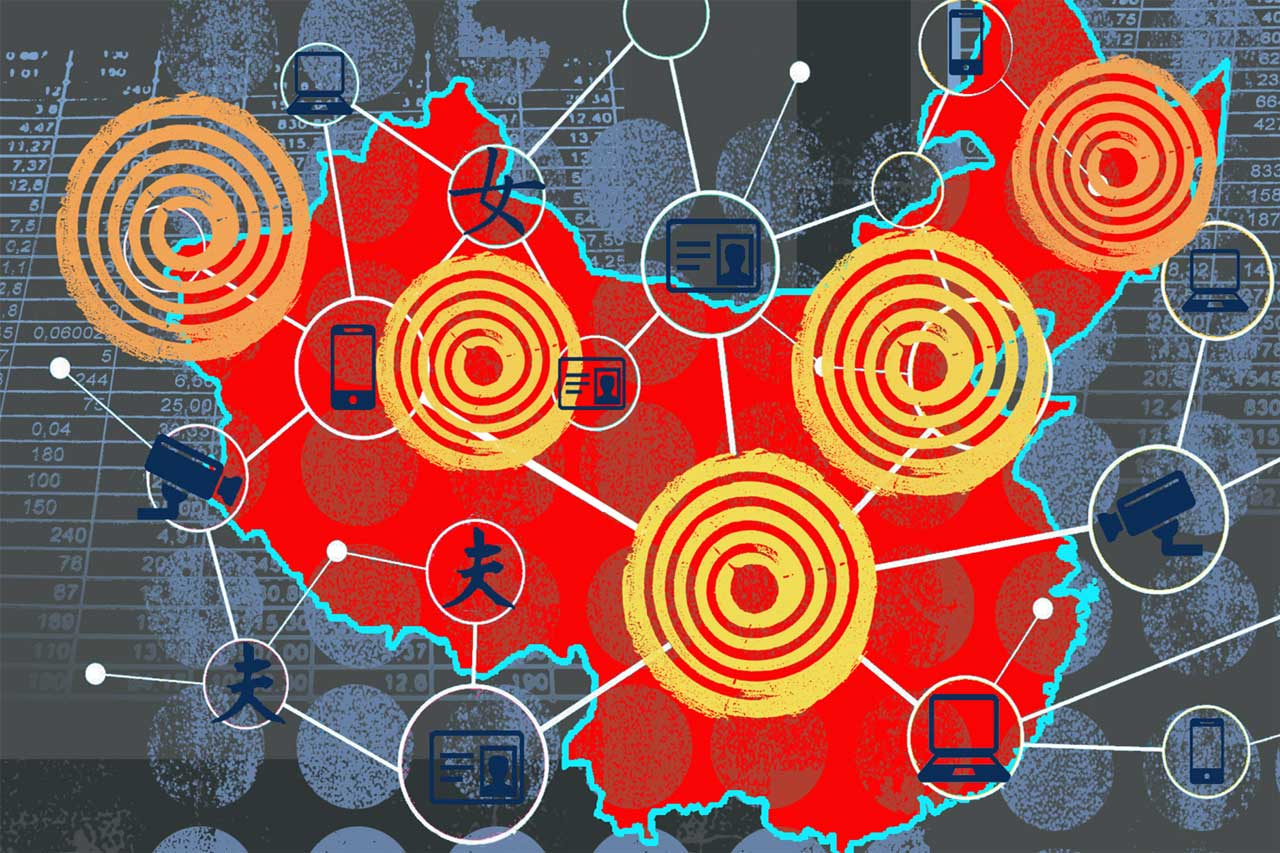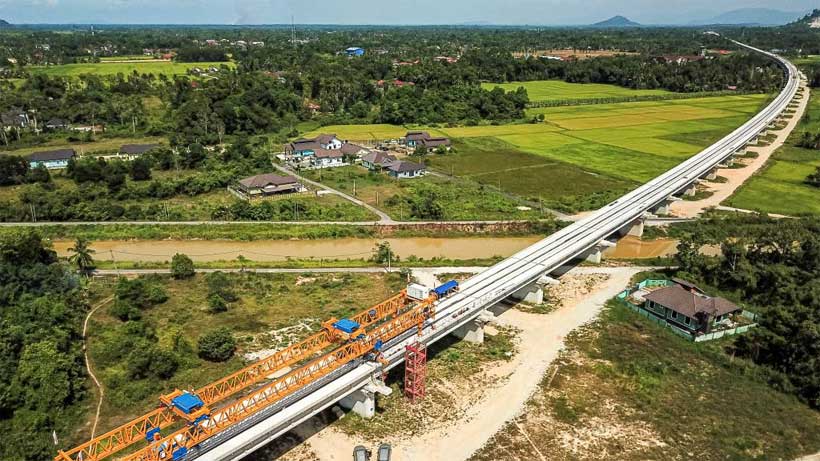In 2025, sustainability in interior design has transitioned from trend to standard. What was once considered a premium or niche offering—materials like bamboo flooring, cork paneling, and recycled metals—has become the expectation across both residential and commercial spaces. Driven by eco-conscious consumers, stricter regulations, and ESG-aligned business strategies, interior design is undergoing a profound shift toward sustainability. In 2025, sustainable materials like bamboo, cork, and reclaimed wood have moved from niche to norm in interior design. Learn how eco-conscious choices are reshaping homes, commerce, and supply chains.
Interior designers, architects, and procurement specialists are embracing materials that are low-impact, non-toxic, rapidly renewable, or upcycled. These choices are not just about aesthetics—they reflect a deep commitment to environmental responsibility, indoor air quality, and long-term resource stewardship.
In this blog, we’ll explore the top sustainable materials being used in 2025 interiors, the certifications that validate them, how the market is responding, and insights from Mattias Knutsson on how procurement leaders are adapting to this new baseline.
The Rise of Sustainable Materials
Sustainable materials are those that minimize environmental impact during sourcing, manufacturing, use, and end-of-life disposal. They may be renewable, recycled, biodegradable, low-VOC, or part of a circular economy.
Most Popular Sustainable Materials in 2025
| Material | Key Features | Common Uses |
|---|---|---|
| Bamboo | Fast-growing, durable, biodegradable | Flooring, cabinetry, wall panels |
| Cork | Renewable, sound-absorbing, hypoallergenic | Flooring, acoustic panels |
| Recycled Metal | Low energy manufacturing, circular economy | Fixtures, accents, hardware |
| Reclaimed Wood | Diverts landfill waste, rich patina | Furniture, feature walls, beams |
| Hempcrete | Carbon-negative, insulating | Wall systems, partitioning |
| Bio-glass | Recycled glass composite | Countertops, backsplashes |
Certifications and Standards Driving Demand
Eco-materials are now backed by trusted third-party certifications that provide transparency for builders and consumers alike. Among the most recognized are:
- FSC® (Forest Stewardship Council) – Ensures responsible forestry for wood and bamboo products
- GREENGUARD – Verifies low chemical emissions, improving indoor air quality
- Cradle to Cradle Certified® – Assesses products for safety, circularity, and ethical sourcing
- Declare Label – Offers a “nutrition label” for building materials and their ingredients
- LEED v4.1 Materials and Resources Credits – Rewards projects for using sustainable materials
According to the U.S. Green Building Council, over 71% of LEED projects in 2025 include at least one Cradle to Cradle certified product.
Market Growth and Economic Impact
The sustainable interior materials market is projected to reach $252 billion globally by 2028, up from $157 billion in 2023, growing at a CAGR of 9.8%.
Top Sectors Adopting Sustainable Interiors:
- Residential housing developments
- Luxury hospitality
- Corporate offices and co-working spaces
- Healthcare and wellness centers
- Educational institutions
Consumers are increasingly factoring sustainability into their purchasing decisions. A 2025 NielsenIQ survey found that 64% of homeowners would pay more for interiors made with eco-certified materials, citing durability, health benefits, and ethical sourcing.
Commercial Real Estate and ESG Pressure
In commercial interiors, ESG (Environmental, Social, Governance) mandates are pushing design teams to prioritize:
- Material transparency
- Carbon footprint reductions
- Circular economy partnerships
Major REITs and Fortune 500 companies are requiring vendors and contractors to submit sustainability compliance documentation. Materials with clear environmental data (EPDs, LCA reports, etc.) are more likely to be approved in corporate design projects.
Innovation Spotlight: New Materials in 2025

Designers and manufacturers are innovating rapidly. Some of the most exciting sustainable materials include:
- Mycelium leather – Mushroom-based alternative to animal leather
- Algae bioplastics – Used for light fixtures and furniture
- Upcycled denim insulation – Repurposes textile waste
- Ocean plastic tiles – Transforms marine debris into durable design elements
These materials are not only sustainable but also beautiful and versatile, helping designers tell compelling visual stories around eco-conscious living.
The Role of Digital Tools and AI
AI platforms are helping designers select sustainable materials more efficiently. Tools like Autodesk Insight, Mindful MATERIALS, and Tally assist with:
- Real-time carbon scoring
- Lifecycle analysis
- Supplier recommendations
This tech-driven transparency is making sustainable design faster, more cost-effective, and accessible to firms of all sizes.
Mattias Knutsson on Strategic Procurement and Sustainability
Mattias Knutsson, a recognized leader in global procurement and supply chain innovation, believes sustainable interiors are now a baseline requirement—not a luxury.
“Procurement leaders must embrace sustainability not just to meet client expectations, but to future-proof their supply chains. It’s a business imperative.”
Knutsson’s top recommendations for procurement professionals:
- Vet suppliers for transparency and certification compliance
- Invest in long-term vendor partnerships to secure ethically sourced materials
- Use procurement software that flags non-compliant materials early
- Educate clients on the ROI of sustainability—energy savings, durability, and brand value
“The firms that embed sustainability into procurement workflows will outpace those still treating it as an add-on. The shift is not optional—it’s operational.”
Conclusion: A Material Shift for a Sustainable Future
2025 marks a turning point for interior design. Sustainability is no longer a trend for the eco-conscious few—it’s the new normal. Whether you’re redesigning a home, outfitting an office, or building a hotel, the expectation is clear: the materials must be sustainable, certified, and ethically sourced.
From bamboo floors to mycelium lamps, the interiors of tomorrow are being shaped by the values of today. Clients want beauty, but they also want accountability, wellness, and resilience.
As Mattias Knutsson aptly concludes, “Sustainable design is the blueprint for modern living—it’s smarter, stronger, and more responsible.”





